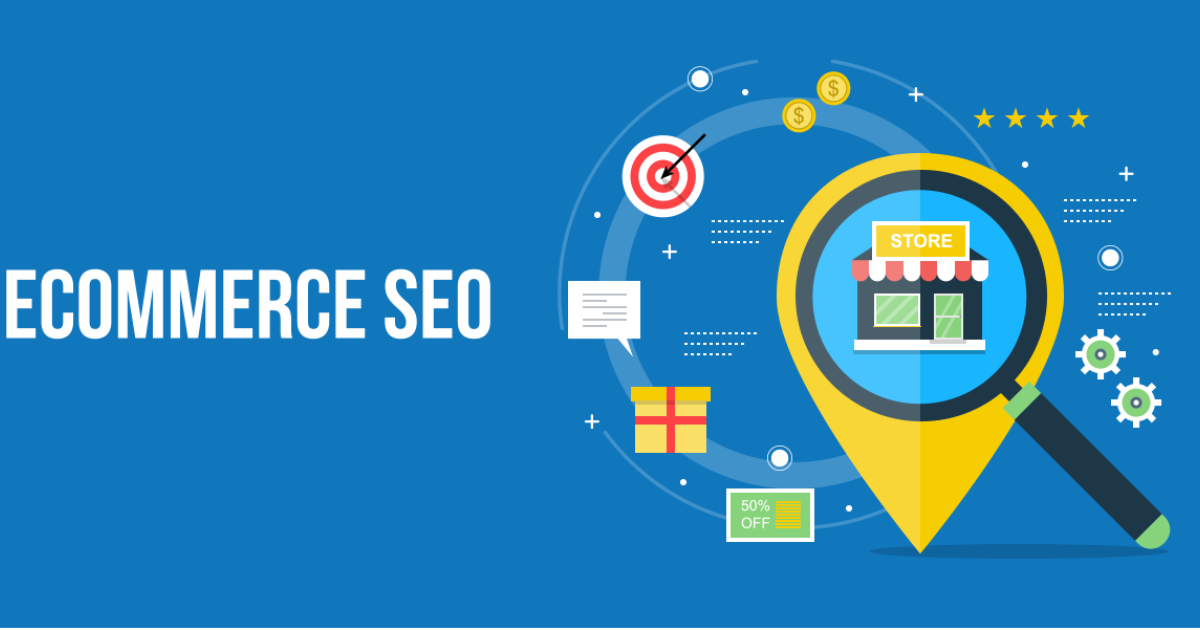Introduction
The e-commerce landscape in Singapore is rapidly evolving, presenting vast opportunities for businesses to thrive online. As competition intensifies, leveraging SEO Singapore becomes critical for e-commerce success. This article delves into the strategies and best practices that can help e-commerce businesses in Singapore harness the power of SEO to enhance visibility, attract more customers, and achieve sustainable growth.
Understanding the Singapore E-Commerce Market
Current Trends and Statistics
Singapore’s e-commerce market is booming, with a significant increase in online shopping due to convenience and a robust digital infrastructure. The rise of mobile commerce, advancements in payment technologies, and the growing trust in online transactions are pivotal trends shaping this sector.
Key Players and Competitive Landscape
Leading e-commerce platforms like Lazada, Shopee, and Qoo10 dominate the market, offering a diverse range of products and competitive pricing. International giants such as Amazon and Alibaba are also significant players, making the competitive landscape challenging yet promising.
Consumer Behavior and Preferences
Singaporean consumers are tech-savvy and value convenience, variety, and quick delivery. They prefer platforms that offer seamless user experiences, personalized recommendations, and secure payment options. Understanding these preferences is crucial for e-commerce businesses aiming to capture and retain customers.
Why SEO is Crucial for E-Commerce Success
Increased Visibility and Traffic
SEO helps improve your website’s visibility on search engines, driving organic traffic from potential customers actively searching for products you offer. Higher rankings translate to more clicks and increased exposure.
Cost-Effectiveness Compared to Paid Advertising
While paid advertising can deliver quick results, SEO offers a cost-effective, long-term strategy. Once established, organic traffic from SEO efforts continues to generate leads without the continuous investment required for paid campaigns.
Long-Term Benefits and Sustainability
Unlike short-lived paid ads, SEO builds a sustainable online presence. Well-optimized content and a robust SEO strategy provide enduring benefits, ensuring your business remains competitive in the long run.
Conducting Market and Keyword Research
Identifying Target Audience and Buyer Personas
Understanding your target audience is the first step in effective SEO. Define your buyer personas based on demographics, preferences, and purchasing behavior to tailor your SEO strategy accordingly.
Analyzing Competitors’ SEO Strategies
Study your competitors’ SEO tactics to identify what works in your niche. Tools like SEMrush and Ahrefs can help analyze their keywords, backlinks, and content strategies, providing valuable insights.
Using Tools for Keyword Research
Effective keyword research is fundamental to SEO success. Utilize tools such as:
- Google Keyword Planner: Identify relevant keywords and their search volumes.
- SEMrush: Discover competitors’ keywords and track your SEO performance.
- Ahrefs: Explore keyword ideas, analyze backlinks, and monitor your rankings.
On-Page SEO Strategies
Optimizing Product Pages
Ensure each product page is optimized for search engines and user experience. Key elements include:
- Title Tags: Craft compelling and keyword-rich titles.
- Meta Descriptions: Write concise, engaging descriptions that encourage clicks.
- Product Descriptions: Use unique, informative content that highlights product benefits.
- Images and Alt Text: Optimize images with descriptive alt text to enhance search visibility.
Creating High-Quality, Relevant Content
Content is king in SEO. Develop various content types to engage your audience:
- Blog Posts: Provide valuable information and insights related to your products.
- How-To Guides: Offer practical advice and solutions to common problems.
- Product Reviews: Showcase authentic reviews to build trust and credibility.
Implementing a Clean and User-Friendly Site Structure
A well-structured website enhances both user experience and SEO. Focus on:
- Navigation: Ensure easy navigation with clear menus and categories.
- URL Structure: Use simple, descriptive URLs for better indexing.
- Mobile Optimization: Optimize your site for mobile devices to cater to the growing number of mobile shoppers.
Technical SEO Best Practices
Ensuring Site Speed and Performance
Page load times significantly impact user experience and SEO rankings. Improve site speed by optimizing images, leveraging browser caching, and minimizing code.
Mobile Responsiveness and AMP
With mobile shopping on the rise, ensure your site is mobile-friendly. Implement AMP (Accelerated Mobile Pages) to enhance mobile performance and improve load times.
Using Structured Data and Schema Markup
Implement structured data and schema markup to help search engines understand your content, improving your chances of appearing in rich snippets and enhancing visibility.
Managing Site Security and HTTPS
Ensure your site is secure with HTTPS. A secure site builds trust with users and is a ranking factor for search engines.
Off-Page SEO Techniques
Building High-Quality Backlinks
High-quality backlinks signal to search engines that your site is authoritative and trustworthy. Strategies include:
- Guest Posting: Write articles for reputable sites to gain backlinks.
- Influencer Collaborations: Partner with influencers to reach a broader audience.
- Directory Submissions: List your business in relevant online directories.
Leveraging Social Media for SEO
Social media can indirectly impact SEO by driving traffic and engagement. Focus on:
- Sharing Content: Promote your content on social platforms to increase visibility.
- Engaging with the Audience: Build relationships and encourage social sharing.
- Social Signals Impact on SEO: Positive social signals can enhance your SEO efforts.
Measuring and Analyzing SEO Performance
Setting Up Google Analytics and Google Search Console
Use these tools to monitor your site’s performance, track traffic, and identify areas for improvement.
Tracking Key SEO Metrics
Monitor essential SEO metrics such as:
- Organic Traffic: Measure the number of visitors from search engines.
- Bounce Rate: Track the percentage of visitors who leave your site quickly.
- Conversion Rate: Assess the effectiveness of your site in driving sales.
- Keyword Rankings: Monitor the positions of your targeted keywords.
.
Future Trends in E-Commerce SEO
Voice Search and AI
Voice search is growing, requiring optimization for conversational keywords and natural language.
Visual Search
Visual search technologies are advancing, making it essential to optimize images and use image recognition tools.
The Role of Machine Learning and Automation
Machine learning and automation streamline SEO tasks, providing data-driven insights and improving efficiency.
Conclusion
SEO is a vital component of e-commerce success in Singapore. By understanding the market, implementing effective strategies, and continuously adapting, businesses can achieve sustained growth. Start your SEO journey today to unlock the full potential of your e-commerce business.
Conduct an SEO audit to identify improvement areas. Consider a free consultation or explore resources for further learning. Reach out for professional SEO services to elevate your e-commerce business to new heights.



































